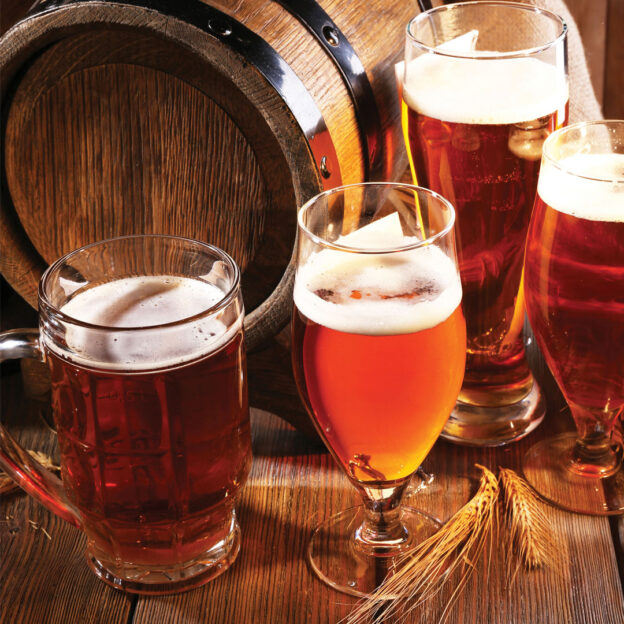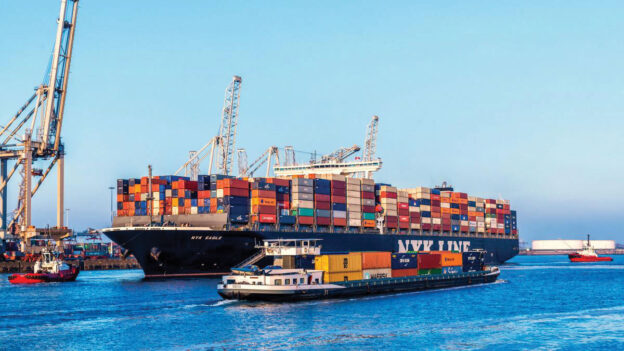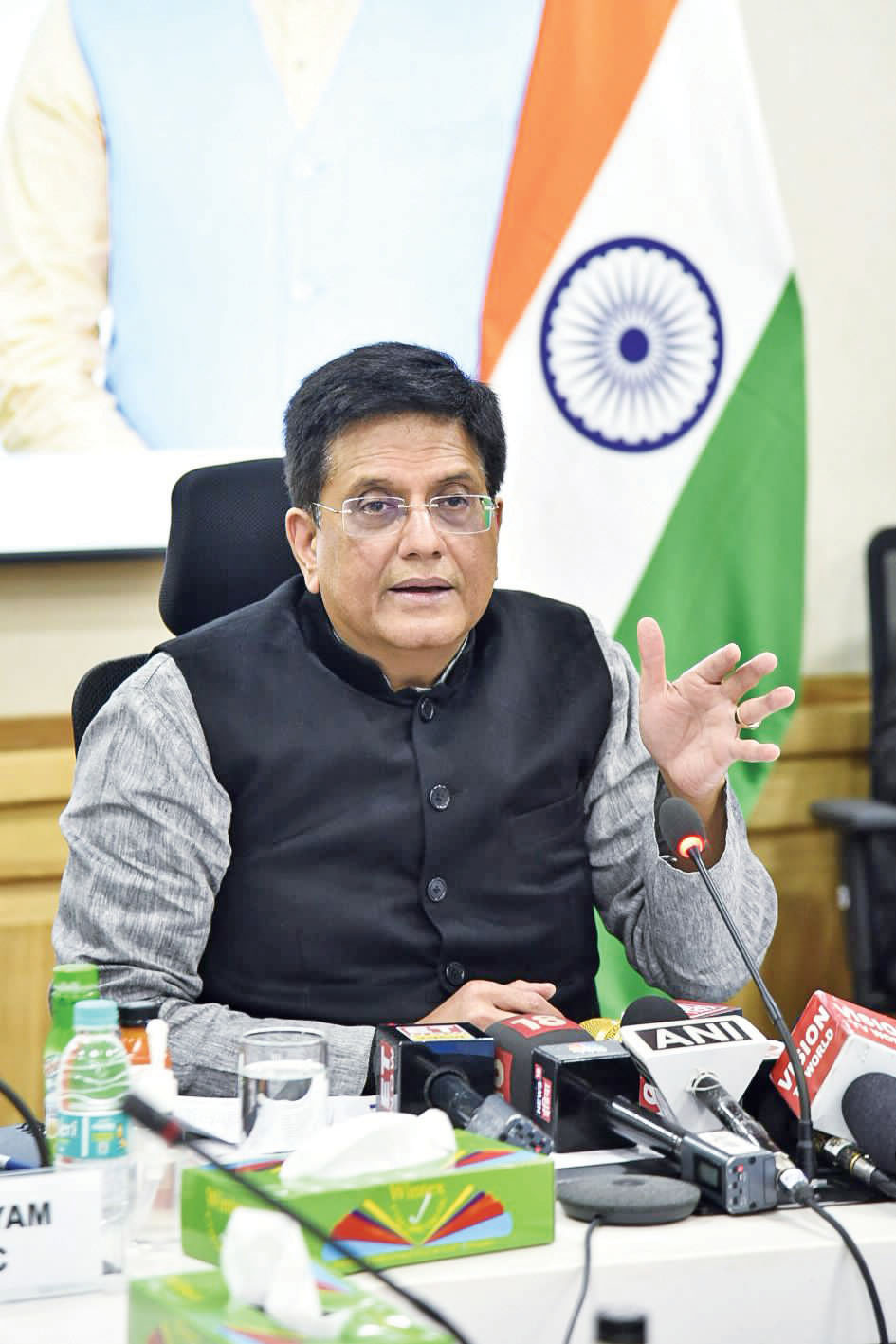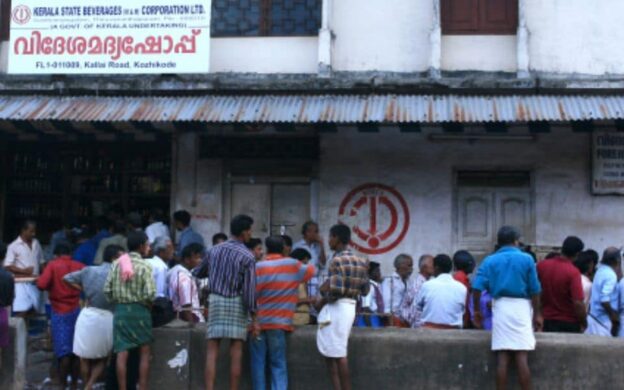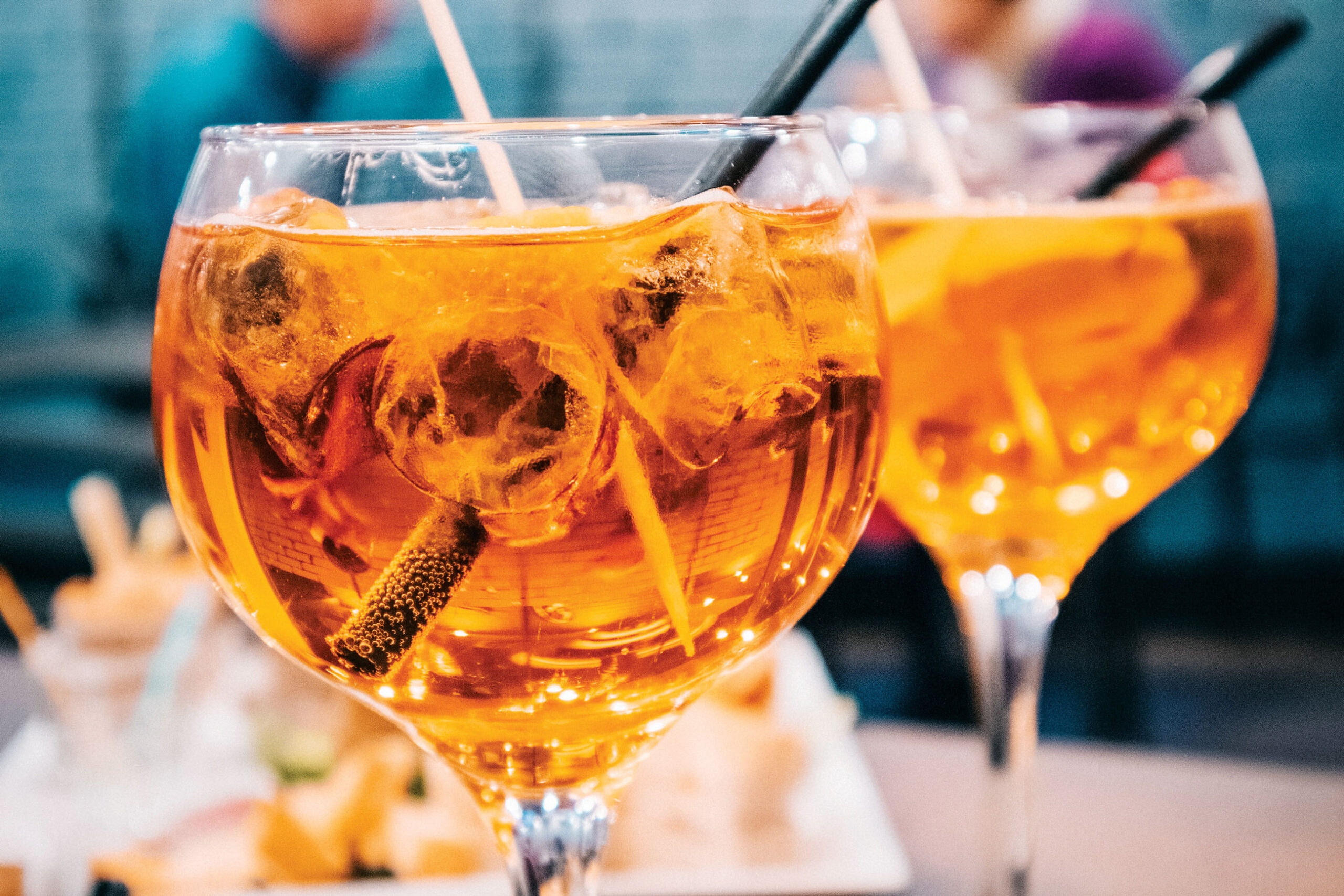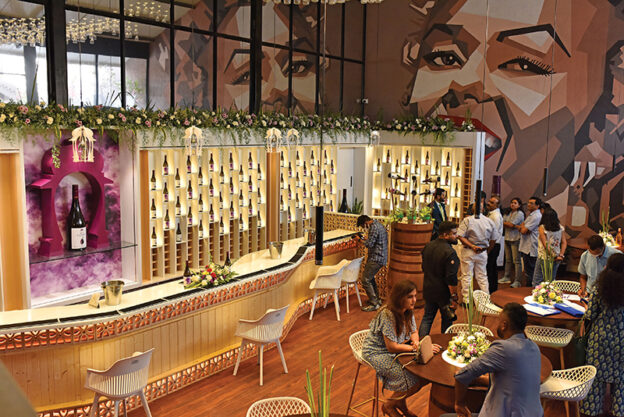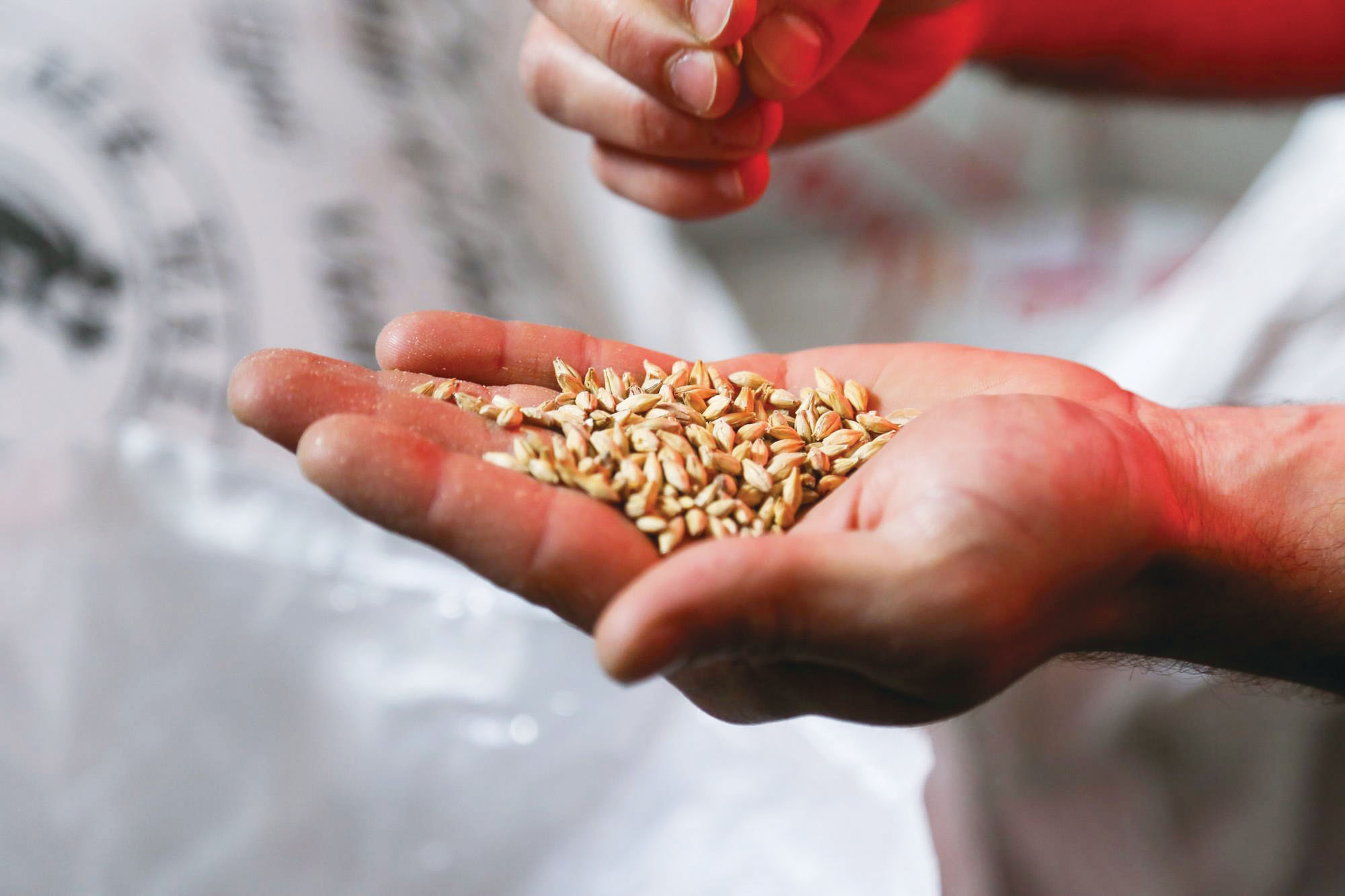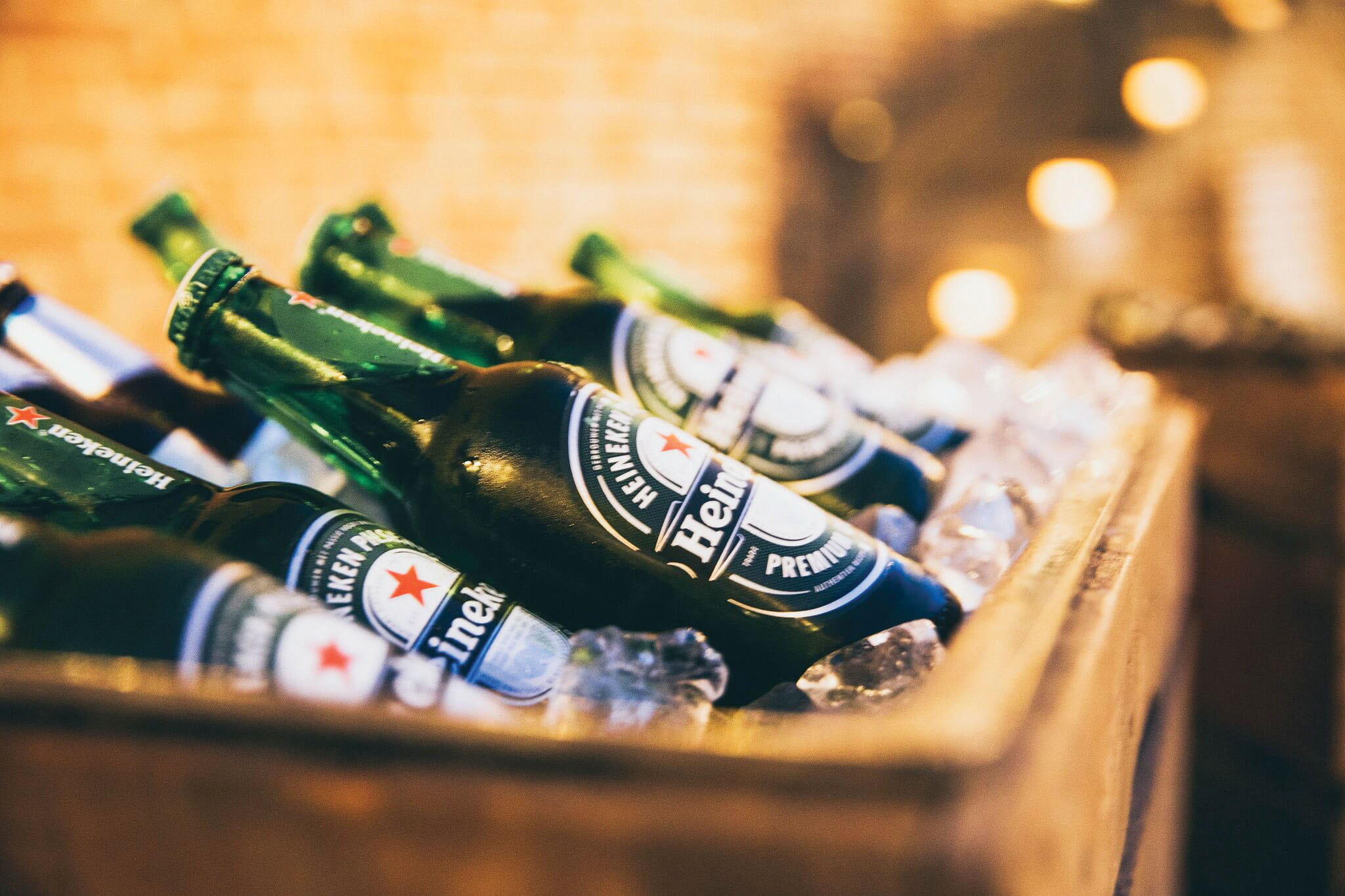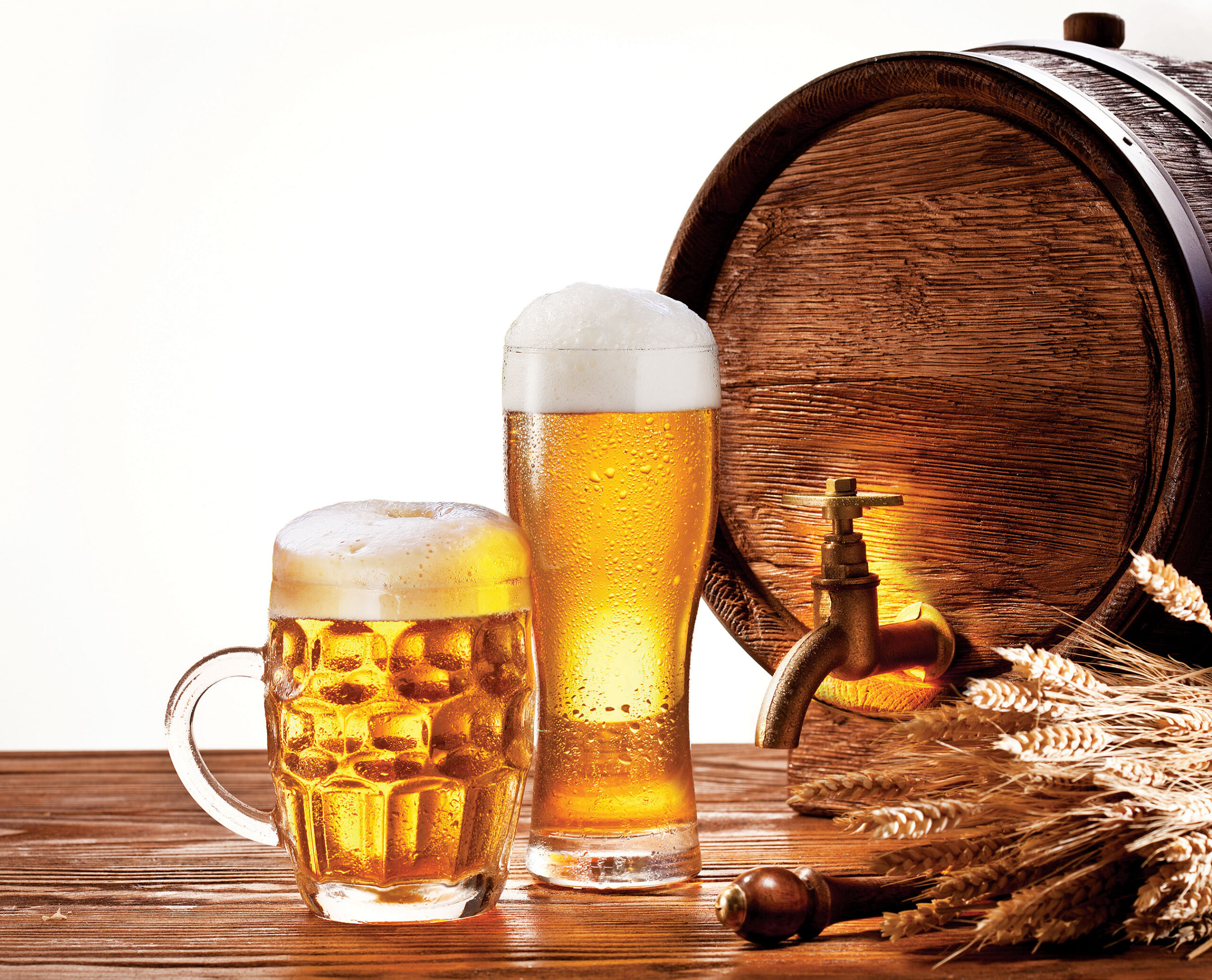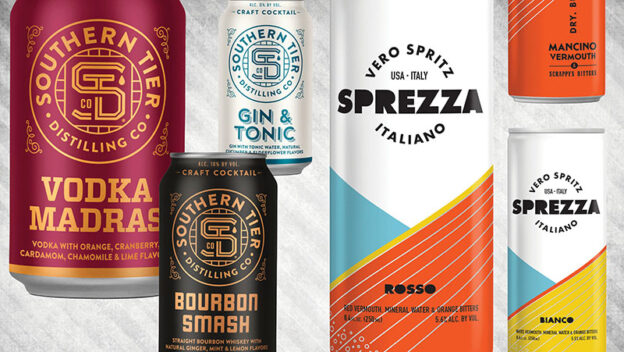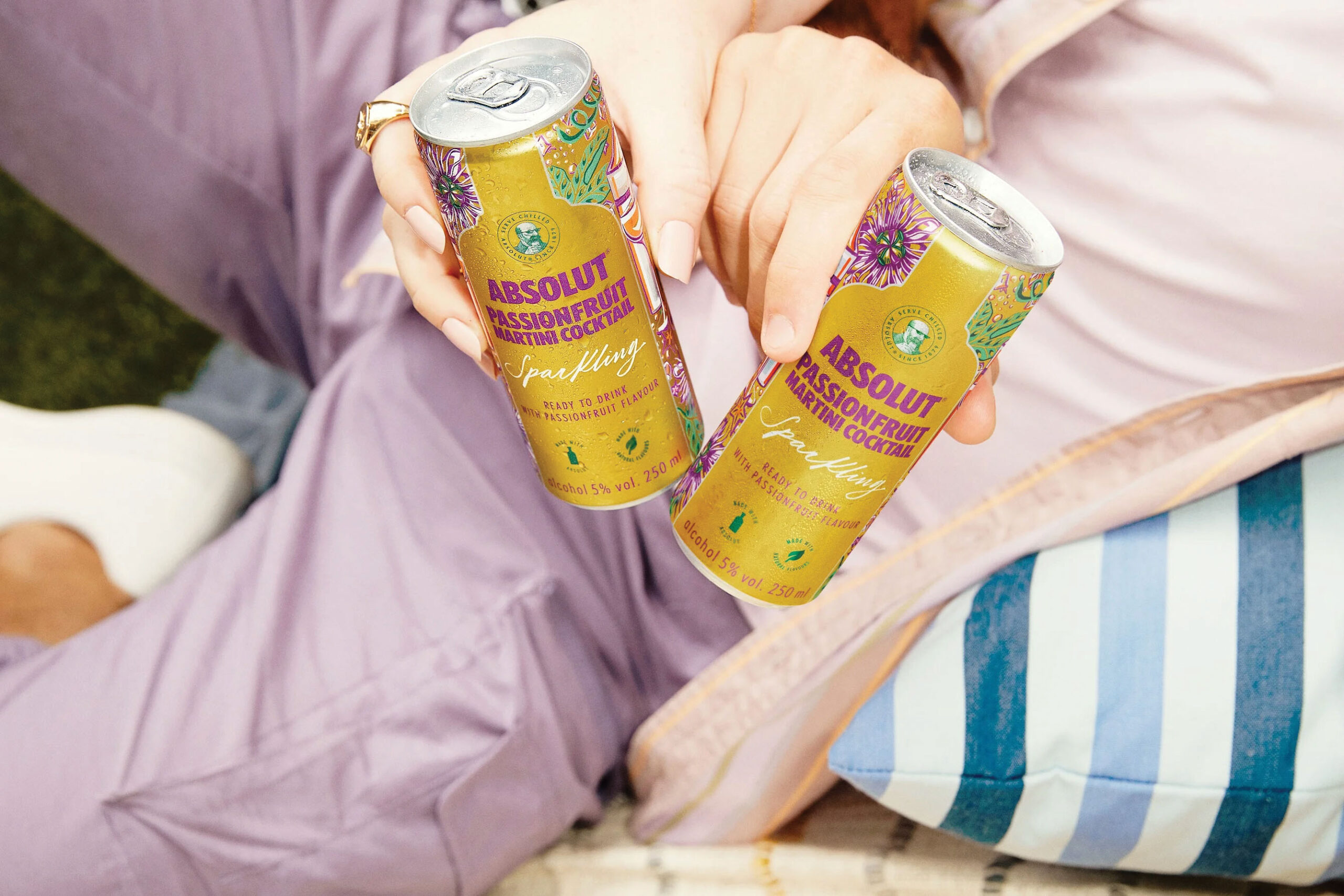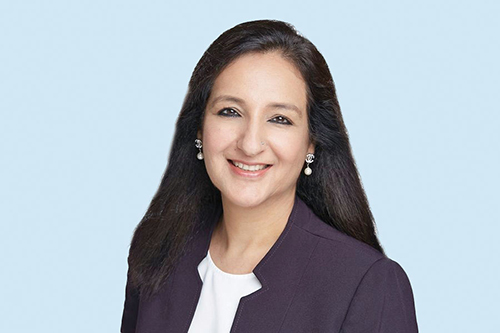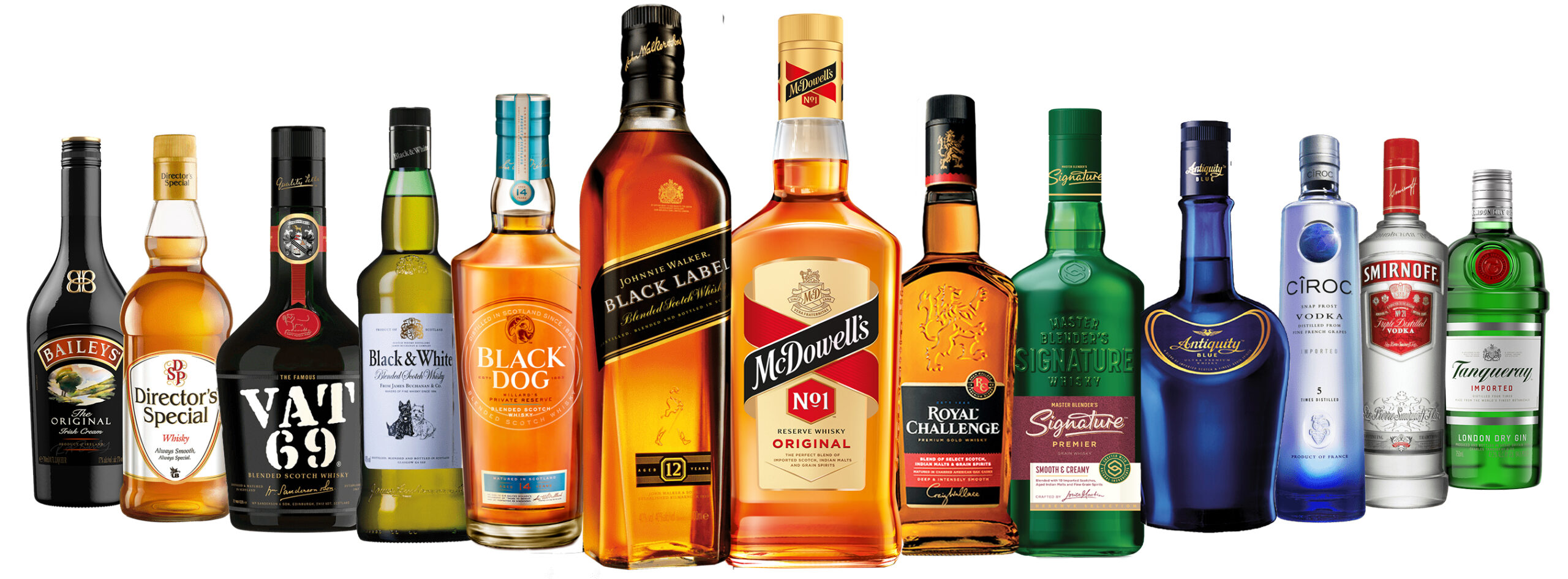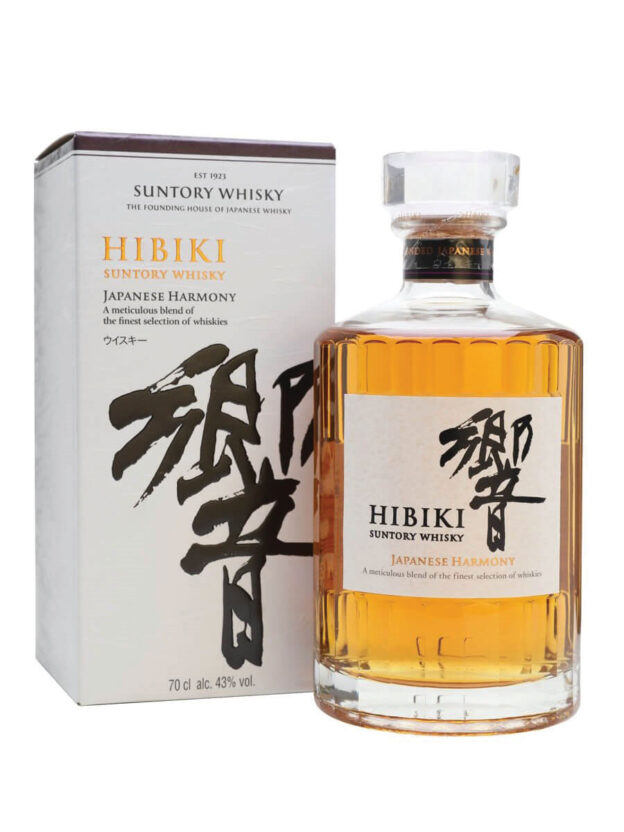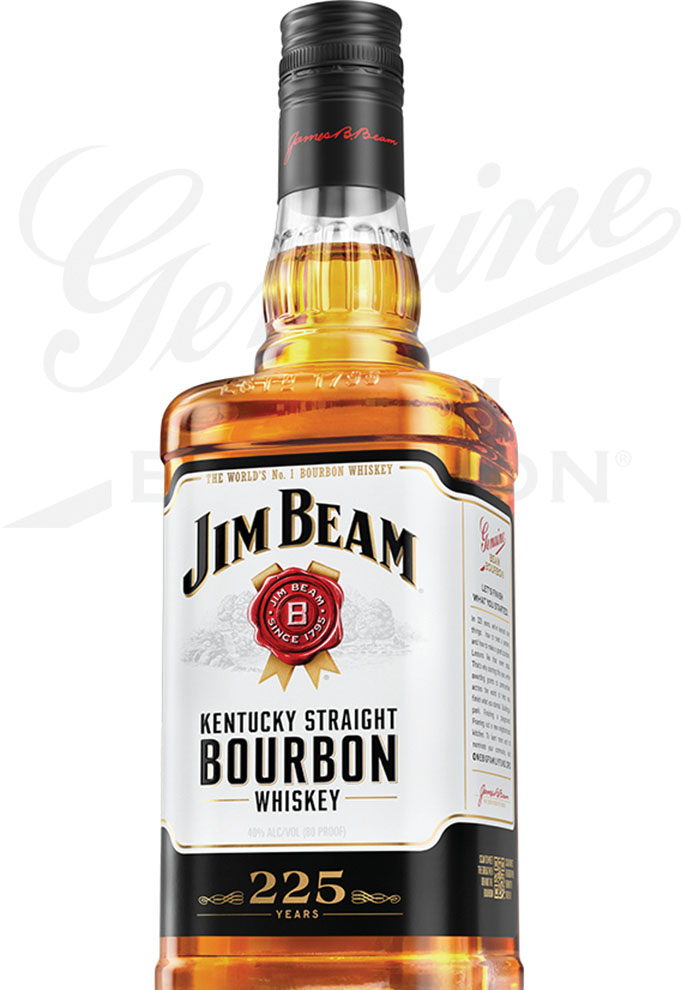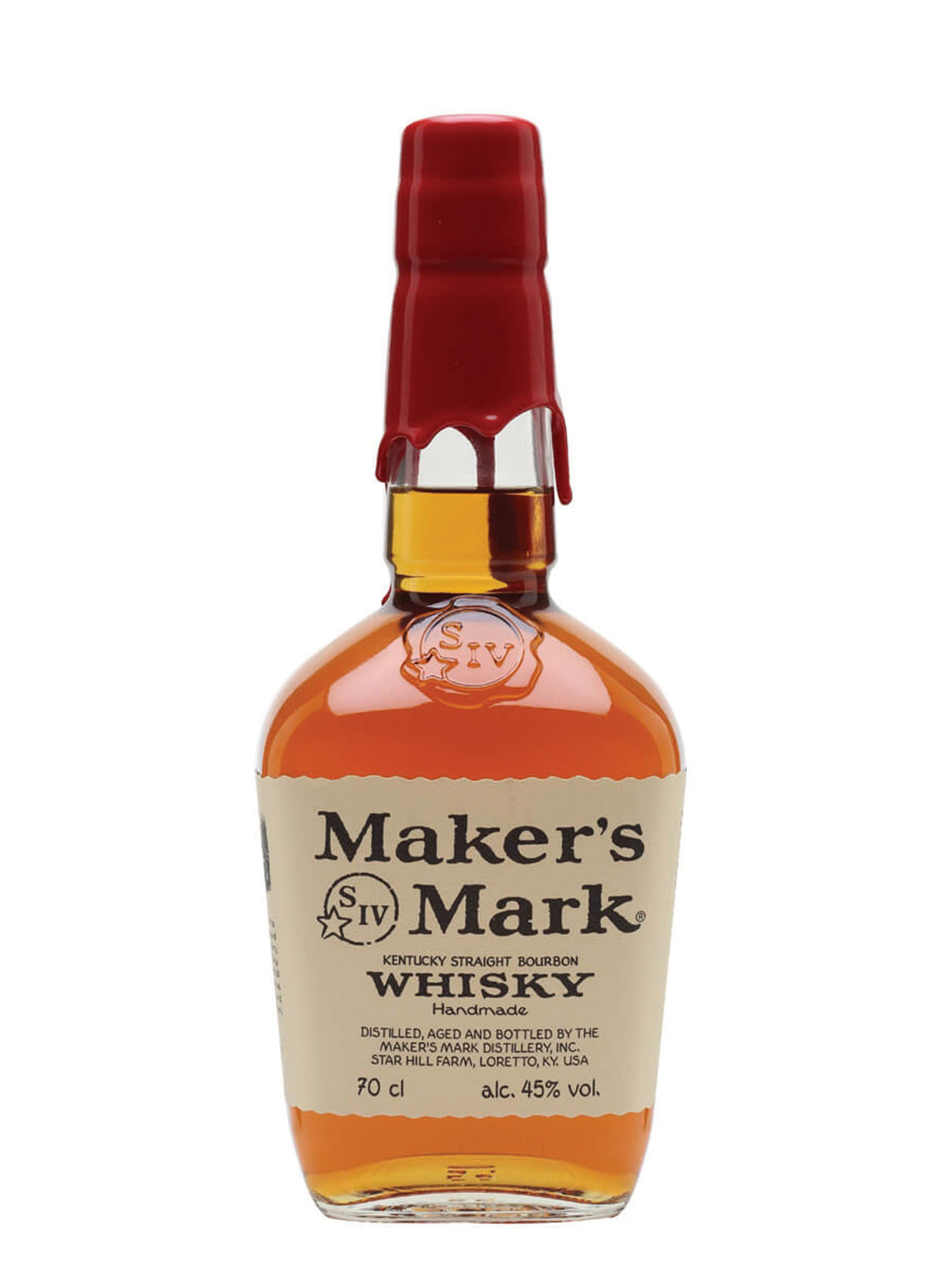A summer beer can be just about any style, as long as it’s crisp and refreshing and makes you never want to go back inside again. They range from light and fruity to hoppy and complex, but the best summer beer is the one you come back to again and again as soon as the temperature crawls above 60 degrees.
The global beer market size reached US$ 640.2 billion in 2021. Looking forward, IMARC Group expects the market to reach US$ 750.3 billion by 2027, exhibiting at a CAGR of 2.7% during 2022-2027, according to a new report by IMARC Group.
Beer is a fermented alcoholic beverage that is made by brewing and fermenting starches derived from cereal grains. It is flavoured using hops that not only add a buttery flavour to the beverage, but also act as a natural preservative. Apart from this, other flavourings, such as herbs and fruits, are also added to attribute a specific flavour and fragrance to the drink. It is a rich source of niacin, folate, riboflavin, pyridoxine, potassium and magnesium.
Moderate consumption of beer is widely associated with numerous health benefits and aids in maintaining blood pressure levels, preventing kidney stone formations, and minimising the chances of developing cardiovascular disorders, including angina, stroke and heart attack. Owing to this, it is gaining widespread popularity across the globe.
Global Beer Market Trends:
One of the major factors influencing the global beer market is the rapid spread of the Coronavirus disease (Covid-19) and the consequent social distancing norms and lockdowns imposed in several countries as a control measure. The decrease in the number of social gatherings is projected to lead to a decline in the on-premise consumption and sales of beer in bars, restaurants, pubs and public events. However, this trend will to be offset by the demand for to-go packs as well as home delivery services, mainly through online platforms. Another factor driving the market is the widespread preference for specialty beer among individuals. These beers are brewed to a classic style by incorporating different flavours, such as honey, chocolate, ginger and sweet potatoes. This adds a distinct flavour and aroma, which further adds innovative and eccentric flavours to the drinks. The growing inclination toward craft beer is also accelerating the market growth. Since microbreweries produce portioned amounts of beer, they lay enhanced emphasis on the flavour, quality and brewing techniques as compared to large-scale commercialised breweries.
The potential for beer growth in India is strong as well. AB InBev, for example, began brewing Budweiser in the market back in 2010. In January 2021, Kirin Holdings announced an investment of $30 million in New Delhi-based B9 Beverages, the maker of the Indian craft beer Bira. IWSR anticipates beer consumption in India to return to pre-Covid-19 levels by the end of 2023, continuing on its growth path from there.
Expanding beyond beer
As consumers moved to the at-home occasion, the trend for convenience has helped to shape purchasing behaviours. In markets such as the US, the ready-to-drink (RTD) category, which includes hard seltzers, has been taking share from beer.
RTDs provide a growing opportunity for brewers to diversify their product portfolios. Indeed, Heineken entered the hard seltzer category in September 2020, with the launch of Pure Piraña in Mexico and New Zealand. In the US, Heineken partnered with AriZona to launch the AriZona SunRise Hard Seltzer in October 2020. AB InBev states that Bud Light Seltzer is their leading innovation in the US market, with over 75% of volume being incremental to their portfolio. In fact, 2021 was the first year in which a hard seltzer commercial (Bud Light Seltzer) aired during the Super Bowl.
Malt-based RTDs are currently dominant in the US owing to their taxation base, and brewers they are in prime position to take advantage. Elsewhere, the alcohol base of choice varies by country, driven by consumer preference and local alcohol tax structures.
Changes in purchasing behaviour propel e-commerce
As with the wider beverage alcohol industry, Covid-19 has propelled the value of the alcohol e-commerce channel. Heineken, for example, reported that Beerwulf, its direct-to-consumer platform in Europe, nearly doubled its revenues in 2020, while in the UK, its revenues tripled. Online sales of its home-draught systems grew as well.
Beer has traditionally under-traded online, primarily due to the channel offering lower margins. However, this will change as consumers continue to buy more groceries online and beer is included in the weekly shop. This is especially true in the US, where IWSR expects sales of online beer to grow rapidly as supermarket chains increasingly invest in the channel.
Online beer sales hold the greatest market share in countries including Japan, the UK and the US. From a lower base, online beer sales will also grow rapidly over the next five years in markets such as Israel and Nigeria.
The entrepreneurial spirit of small-batch players
Craft breweries, which tend to be more dependent on the on-premise, have propelled interest in the global beer category and revitalised its fortunes in many markets. IWSR believes that the entrepreneurial spirit of the sector will mean that craft brewery regeneration will be quick. In the US, for example, IWSR has seen the pandemic lead to a “buy local” approach amongst some consumers, which will benefit small-batch players.
Innovation in the no/low space reignites the category
No- and low-alcohol beer is a bright spot for the category, as moderation and wellness trends continue to resonate with consumers. IWSR data shows that, to date, most volume has come from no-alcohol rather than low-alcohol beer across 10 key markets.
Broadly, low-alcohol beer is giving way to no-alcohol offerings particularly in markets such as Australia, France and the UK. Spain, for example, is seeing a shift from low- to no-alcohol beers, as consumers seek healthier choices and view the newer 0.0% brands as more modern. In South Africa, investment from Heineken and the emergence of a craft segment has helped to generate interest in the no-alcohol category.
While no-alcohol beer has existed for decades, in markets like the US, no-alcohol beer has premiumised through the release of no-alcohol versions of non-lager styles, long the domain of no-alcohol beer. More recent no-alcohol styles, such as IPAs, stouts or porters, are starting to make a real impression, driven particularly by new challenger brands, many of which are not linked to traditional brewing. The recent no-alcohol extension of Guinness – despite some teething issues – will help to underline that no-alcohol beers are no longer the sole domain of lagers.
While several key beer players continue to steer the no/low beer category, the market is fragmented with a number of smaller brands vying to establish themselves as market leaders in this space. The segment is likely to become even more of a focus for smaller craft producers who are able to bring a diverse range of products to the market in future.

